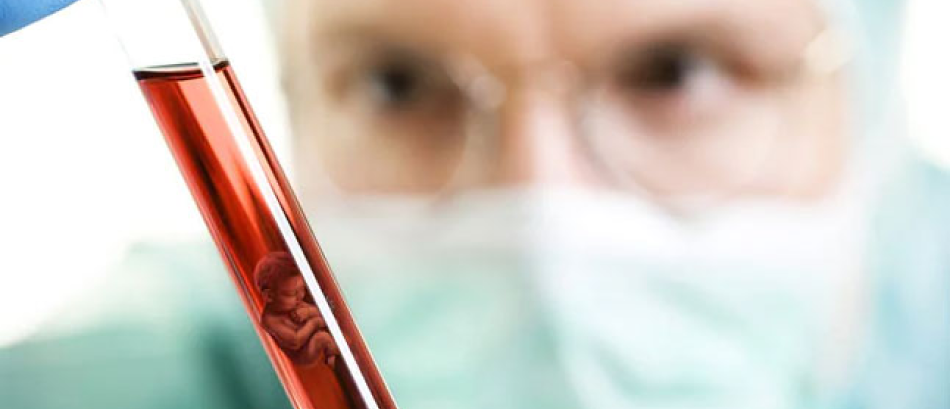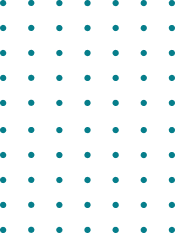Laser Assisted Hatching
What is Laser Assisted Hatching (LAH)?
Laser Assisted Hatching (LAH) is an advanced method used during the In Vitro Fertilization (IVF) process to support successful embryo implantation in the uterus. During early development, an embryo is encased in a protective protein layer called the “zona pellucida.” This layer helps shield the embryo, but in some cases, it can be too thick or rigid, which makes implantation challenging. LAH aims to address this issue by creating an opening in the zona pellucida, which can enhance the chances of pregnancy.

Why is the Laser Assisted Hatching Process Important?
In some embryos, the zona pellucida is unusually thick or stiff, which can prevent the embryo from successfully attaching to the uterine wall. This situation reduces the likelihood of a successful pregnancy. By using laser technology, a small opening is created in this layer, facilitating the embryo’s implantation in the uterus. This approach is known to improve pregnancy success rates in specific cases.
How is LAH Performed?
The Laser Assisted Hatching process involves the following steps:
- IVF Preparation: The woman receives hormone treatments to encourage the growth of eggs, which are then collected.
- Fertilization: Collected eggs are combined with sperm in the lab to create embryos.
- Embryo Monitoring: The development of embryos is monitored for several days (usually 3-5), after which an embryo is selected for implantation.
- Laser Use: A precise laser makes a tiny opening in the zona pellucida, helping the embryo attach to the uterine lining.
- Embryo Transfer: The embryo, now prepared, is transferred to the uterus to encourage successful implantation.
Pregnancy Monitoring: Doctors monitor the woman for early signs of pregnancy to ensure that implantation was successful.
When is LAH Recommended?
LAH is commonly used in the following situations:
Age of the Woman: In women over 35, the quality of eggs may decline, potentially decreasing pregnancy rates. LAH may help in these cases.
Previous IVF Failures: For couples who have experienced multiple unsuccessful IVF attempts, LAH may improve implantation outcomes.
Thick Zona Pellucida: A thick zona pellucida can prevent the embryo from attaching to the uterine wall. LAH aids by making a small opening in this layer.
Slow or Poor Embryo Development: When embryos develop slowly or show signs of lower quality, LAH can assist in increasing their chances of successful implantation.
In these ways, Laser Assisted Hatching helps improve the success rates of IVF, offering additional support to those facing challenges with fertility treatments.
Benefits of Laser Assisted Hatching
Precision and Safety: Laser technology allows for a highly controlled and targeted incision on the embryo’s outer layer (zona pellucida). This precision reduces the risk of damage to the embryo, allowing it to retain its natural developmental potential.
Efficiency: The laser-assisted procedure takes only a few minutes due to the laser’s accuracy and speed. Compared to other IVF stages, this step is quick, contributing to a smoother and shorter overall treatment experience.
Enhanced Pregnancy Potential: LAH can be particularly beneficial for couples with previous unsuccessful IVF cycles, as it assists the embryo in attaching more easily to the uterine lining, thereby improving the chances of pregnancy.
Is Laser Assisted Hatching Safe?
Yes, Laser Assisted Hatching is generally considered a safe and effective technique. Performed by skilled professionals, the procedure has minimal side effects. However, each couple’s fertility journey is unique, so consulting a doctor is essential to determine whether this option is appropriate.
Conclusion
Laser Assisted Hatching (LAH) is a valuable advancement for couples undergoing IVF. By aiding in embryo implantation, LAH can increase the chances of achieving pregnancy. If you or someone you know is considering this option, it’s important to seek advice from a fertility specialist for comprehensive guidance and information.


